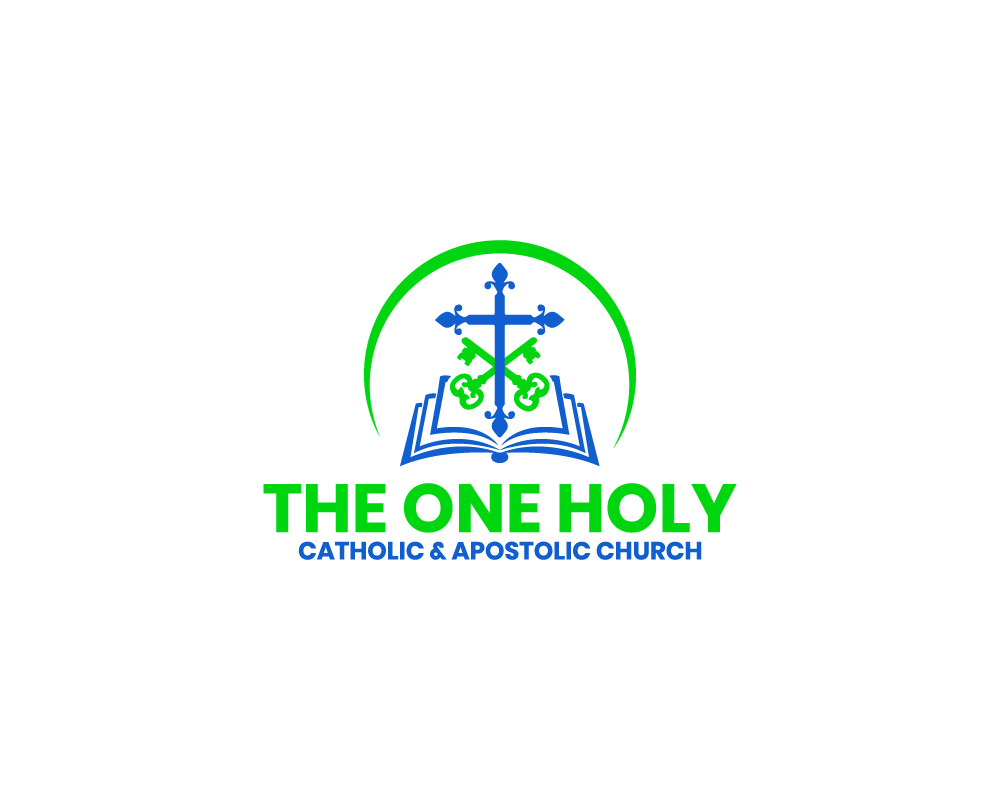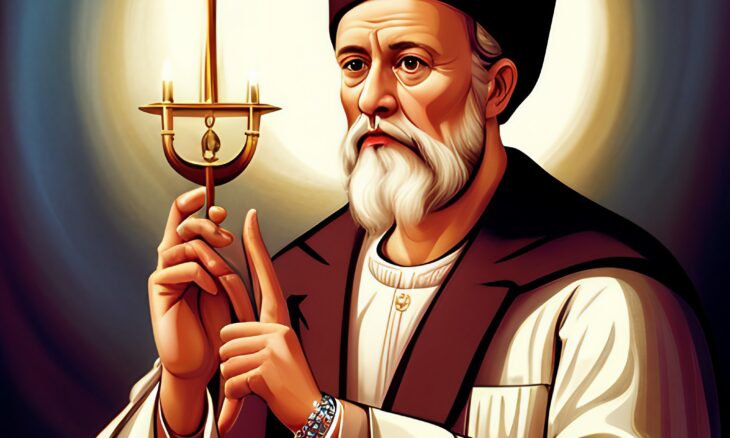Orthodoxy: A Living Tradition Rooted in the Past and Embracing the Future
The Eastern Orthodox Church maintains a dual nature, drawing authority from the early Church while looking to the age to come. This “living tradition” allows Orthodoxy to address contemporary issues while honoring its historical doctrines and practices.
Martyrdom, Suffering, and Humility: Shaping the Orthodox Identity
Deeply marked by martyrdom and suffering, the Orthodox Church recognizes that persecution and troubles have shaped its identity and spirituality. Humility, born from suffering, has profoundly influenced Orthodox theology and spirituality throughout history.
Incorporating Darkness and Illumination: A Holistic View of Orthodox History
To understand the history of the Orthodox Church, it is essential to acknowledge and integrate both the darker and illuminated moments. The connection between red martyrdom and white martyrdom, as well as the intertwining of theological doctrine and spiritual life, illuminates the lives of early Christians and their successors.
Doctrinal Formulations: Precision for the Inexpressible Divine Experience
The Orthodox Church places great importance on accurate articulation of doctrinal formulations. While recognizing the limitations of human language, each word and letter reflects the tested witness of saints and martyrs who have glimpsed divine energies. The preservation of the faith, without additions or subtractions, is paramount for Orthodox believers.
Theological Debates Among Ordinary Christians
The discussions on theology within the Orthodox Church were not limited to specialists; they involved all members of the faith. Even ordinary Christians actively participated in theological debates, taking sides on doctrinal issues and ecclesiastical controversies. Saint Gregory of Nyssa vividly described the bustling nature of such discussions during the Second Ecumenical Council, with people from all walks of life engaging in philosophical discourse on topics like the nature of God and the divine hierarchy.
Historical Continuity and Identity
The Orthodox Church places great value on maintaining historical continuity alongside traditional consistency and purity. This is evident in Istanbul, formerly known as Constantinople, where the Patriarchate is still referred to as the “Roman Patriarchate.” Likewise, the Greeks of the city continue to identify themselves as “Romaioi” or “Romans.” These seemingly anachronistic traditions have deep historical roots. While the Roman Empire in the West collapsed under barbarian invasions, the Eastern Roman Empire (Byzantine Empire) persevered for over a thousand years until the 15th century. Despite changes in religious, economic, political, and social landscapes, the Byzantine Empire remained fundamentally connected to its Roman past.
A Complex Period of Division and Revival
Following the division of Christendom in the first millennium, the subsequent period, often referred to as the “Byzantine era” or the “Church in captivity,” was marked by deteriorating relations between the Eastern and Western churches, increased missionary activities, and a resurgence of theological writing, liturgical commentary, and spiritual experiences. Efforts to reconcile the Roman and Orthodox churches through the Council of Lyons (1274) and the Council of Florence (1437-38) ultimately failed. Additionally, the traumatic fourth Crusade left lasting scars on the memories of Eastern Christians due to the sacking of Constantinople. Despite these challenges, this period also witnessed the Christianization of the Slavs, the development of rich spiritual teachings through the Hesychasts’ experiences, and the preservation of spiritual light even during the occupation of Byzantium by Islam (1453-1821).
Renewal, Expansion, and Collaboration
In the nineteenth century, the Orthodox Church experienced a spiritual renewal inspired by the writings of The Philokalia, emphasizing the mystical “prayer of the heart.” New national churches emerged and thrived in the Balkans and Europe, although the Orthodox Church consistently rejected and condemned religious nationalism. In the twentieth century, the Church engaged in missionary activities worldwide, particularly in Africa and Asia, and the Ecumenical Patriarchate emphasized fraternal collaboration among Orthodox churches and engaged in ecumenical dialogues with other Christian denominations and religions.



